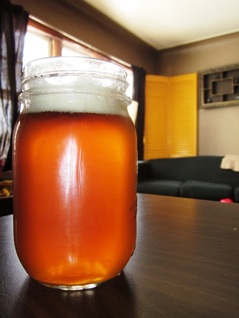
Here is my first run through of an Extra Special Bitter which served as a test batch more than anything for Simpsons Golden Naked Oats which I wanted to try. Overall, pretty good! I like it. The Naked Oats provide a little bit of a berry nut flavor which is definitely unique and I will be trying again.
I based my recipe off some of these links as well as Ray Danielle's Book Designing Great Beers although I obviously tossed in the specialty oats at my own discretion.
http://www.bjcp.org/2008styles/style08.php#1c
http://beersmith.com/blog/2009/06/01/english-pale-ale-recipes/
90% Floor Malted Maris Otter
5% Medium English Crystal
5% Simpsons Golden Naked Oats
60 minutes EKG hop addition to 20 IBUs
15 minutes EKG hop addition to 20 IBUs
0 minute EKG hop addition
Fermented with a ton of British Ale II
Changes I would make for round two would be firming up the body a bit which is a tad lacking. Either mashing a bit higher than 150*, adding a bit more crystal malt or maybe switching to a lower attenuating English yeast like the Wyeast ESB strain. Other than that, maybe increasing a tad the IBUs from that first addition but it's pretty tasty as is.
Here's the tasting video.
I based my recipe off some of these links as well as Ray Danielle's Book Designing Great Beers although I obviously tossed in the specialty oats at my own discretion.
http://www.bjcp.org/2008styles/style08.php#1c
http://beersmith.com/blog/2009/06/01/english-pale-ale-recipes/
90% Floor Malted Maris Otter
5% Medium English Crystal
5% Simpsons Golden Naked Oats
60 minutes EKG hop addition to 20 IBUs
15 minutes EKG hop addition to 20 IBUs
0 minute EKG hop addition
Fermented with a ton of British Ale II
Changes I would make for round two would be firming up the body a bit which is a tad lacking. Either mashing a bit higher than 150*, adding a bit more crystal malt or maybe switching to a lower attenuating English yeast like the Wyeast ESB strain. Other than that, maybe increasing a tad the IBUs from that first addition but it's pretty tasty as is.
Here's the tasting video.
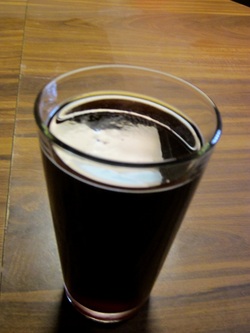
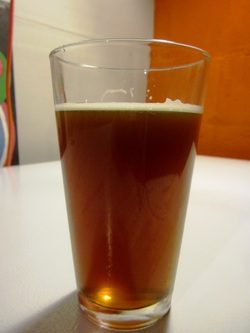
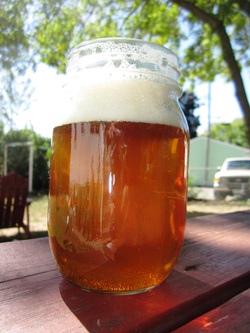

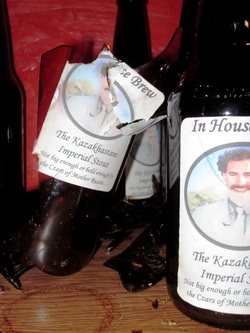
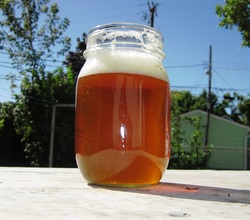
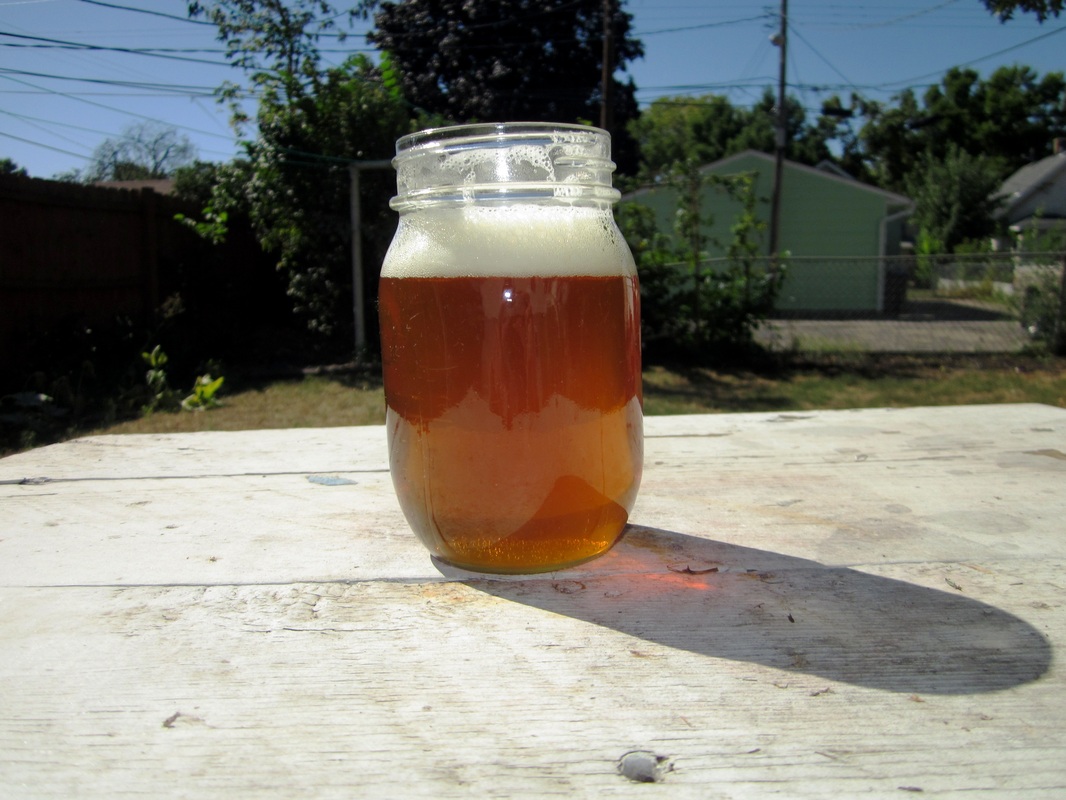
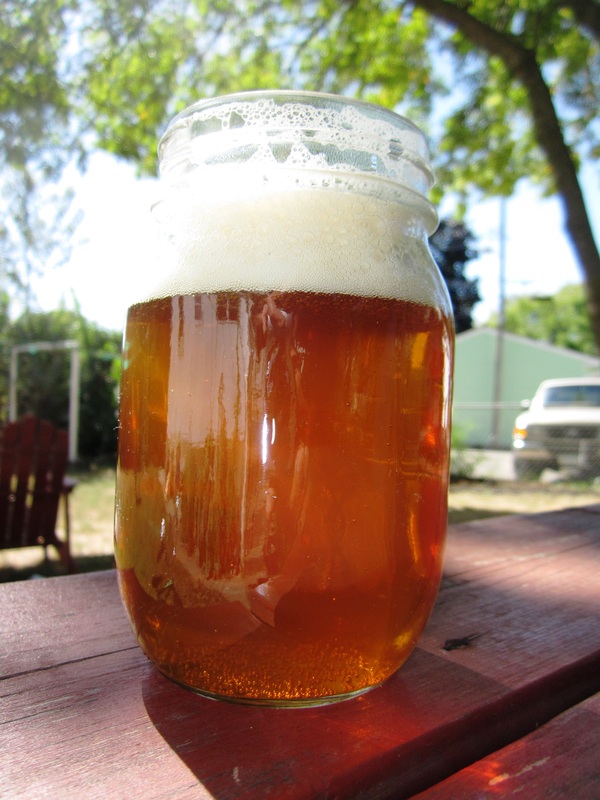
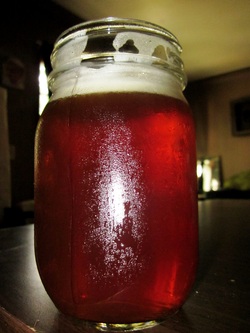
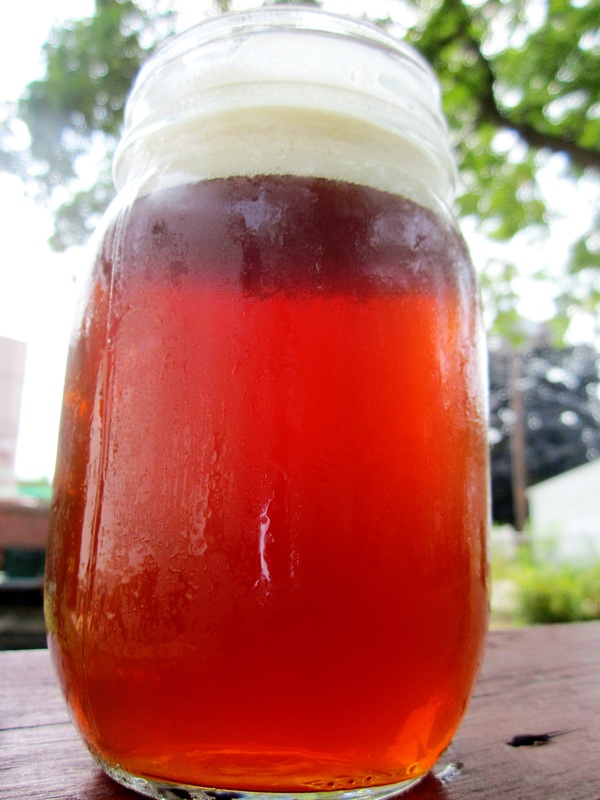

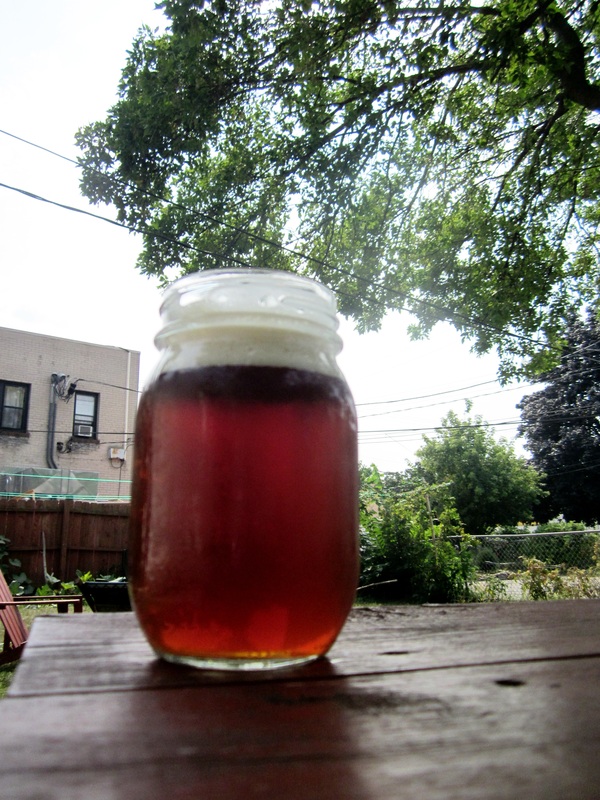
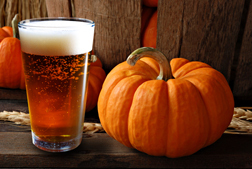
 RSS Feed
RSS Feed